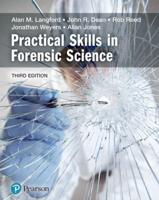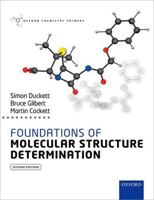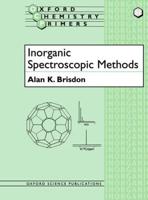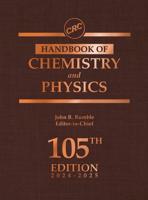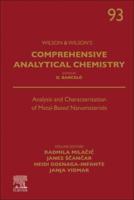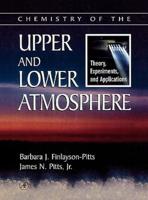Publisher's Synopsis
This is the perfect book for a general chemistry course that emphasizes problem solving and conceptual understanding. This leading general chemistry textbook has been streamlined and revised to address market demand. The revision builds on the highly praised style and applications to eveyday life that have made Whitten/Davis/Peck General Chemistry one of the field's leading textbooks. In addition, new co-author Larry Peck brings many new ideas and a fresh approach to this successful text. Features: * Consistently praised for its detailed approach to problem solving and student-friendly writing style. * Continues to emphasize the important role of theory in science by presenting many classical experiments followed by interpretations and applications of these milestones in the development of scientific thought. * The text is clearly organized - outlines and objectives at the beginning of the chapter act as a preview, examples throughout the text are tied to related exercises, and margin notes point out historical facts, provide addtional information and emphasize certain points.;* Enrichment sections provide more insight into selected topics for better-prepared students, but can be easily omitted without any loss of continuity. * More than one-half of the end-of-chapter Exercises have been revised. * Numerous "Chemistry is Use" boxes have been improved in a number of ways. These numerous new boxes provide interesting information and describe relevant applications of chemistry. The boxes are divided into the following categores: The Environment, Research & Technology, The Development of Science and Our Daily Lives. * This book is available in two versions. General Chemistry with Qualitative Analysis 5/e is the same book but contains eight additional chapters on procedures, reactions, and equilibria for the qualitative analysis laboratory. New to this edition: * "Building Your Knowledge" Exercises are new end-of-chapter questions that ask students to apply knowledge they learned in previous chapters to the current chapter. These questions help students retain previously learned information and show them that chemistry is an integrated science. * Problem Solving Tips are found in almost every chapter.;These highlighted, helpful hints show students how to avoid common mistakes and pitfals, and guide them through more complex subject areas. * A Glossary has been added to the index so students can look up a term at the back of the book as well as in the Key Terms at the end of the chapter. * A new brief introduction to naming compounds is provided in Section 2.4 for instructors who want their students to be exposed to this material early. Systematic inorganic nomenclature is presented at the end of chapter 4. * Balancing equations for oxidation-reduction reactions has been moved from chapter 4 to chapter 11, where students will be better prepared for this challenging topic. * Four previous chapters on nonmetallic elements have been condensed and combined into one chapter (chapter 24). * The main features of atomic composition are summarized in a preliminary presentation in Section 2.1. This gives students a better foundation for understanding the basic ideas later in the chapter. Atomic structure is then discussed in more detail in chapter 5.

